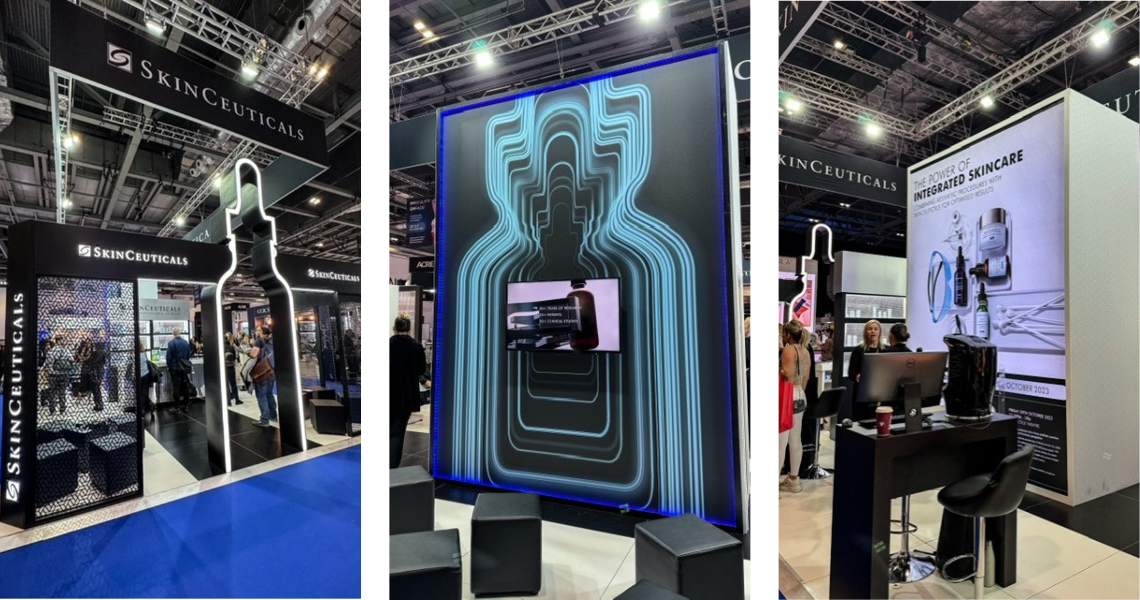Understanding Experiential Marketing
Experiential marketing, also known as engagement or event marketing, creates immersive, interactive experiences that allow consumers to engage directly with a brand. Unlike traditional marketing, it focuses on participatory events such as product demos, interactive installations, pop-up shops, and live events, engaging the senses and emotions.
Key Benefits
- Enhanced Brand Awareness: Immersive experiences can significantly boost your brand’s visibility and memorability.
- Deeper Engagement: Direct interaction with your products or services fosters a more personal connection.
- Viral Potential: Shareable experiences encourage social media sharing, amplifying your reach organically.
- Valuable Insights: Live interactions provide immediate feedback and insights into consumer preferences and behaviours.
Steps to Plan an Effective Experiential Marketing Event
- Define Your Objectives
Start by identifying what you want to achieve. Are you looking to increase brand awareness, generate leads, launch a new product, or drive sales? Clear goals will guide your planning process and help measure success.
- Know Your Audience
Understanding your target audience is crucial. Research their interests, preferences, and behaviours to tailor the experience to their needs. The more relevant and engaging the experience, the more impactful it will be.
- Craft a Compelling Concept
Develop a creative concept that aligns with your brand and resonates with your audience. Whether it’s a pop-up shop, a themed event, or an interactive exhibit, the concept should be unique and memorable.
- Choose the Right Location
The venue plays a significant role in the success of your event. Consider factors like foot traffic, accessibility, and ambiance. The location should complement your concept and enhance the overall experience.
- Incorporate Technology
Leverage technology to enhance engagement. Augmented reality (AR), virtual reality (VR), interactive touchscreens, and social media integrations can add a modern, exciting dimension to your event.
- Plan the Logistics
Detailed planning is essential to ensure smooth execution. Consider everything from staffing and training to setup and breakdown. Pay attention to small details, as they can significantly impact the overall experience.
- Promote Your Event
Use a mix of marketing channels to promote your event. Social media, email marketing, influencer partnerships, and traditional advertising can all help generate buzz and drive attendance.
- Measure Success
After the event, evaluate its success based on your initial objectives. Collect feedback, analyse data, and assess key metrics like attendance, social media engagement, lead generation, and sales impact. Use these insights to refine your future experiential marketing strategies.
Examples of Experiential Marketing
Häagen-Dazs: Strawberries & Cream with Wimbledon
Häagen-Dazs promoted its new Strawberries & Cream flavour at Wimbledon by setting up a GIF photo booth with a tennis-themed swing. Tennis stars, models, and influencers shared their playful moments on social media, generating user-generated content and broadening the brand's reach.
Benefit Cosmetics: 'A Lashtastic Virtual-Media Campaign'
Benefit Cosmetics launched a digital campaign for its Magnet Extreme Lengthening Mascara, using Augmented Reality to let users collect virtual tokens. These tokens could be redeemed for discounts, free mascaras, or virtual beauty consultations. The campaign offered a fun and immersive AR experience, engaging users creatively and effectively.
Experiential marketing is a powerful tool for brands looking to create lasting impressions and foster deeper connections with their audience. By carefully planning and executing engaging, immersive experiences, you can stand out in a crowded market and turn consumers into loyal advocates. Follow these steps to design impactful stands and events that not only capture attention but also leave a lasting, positive impression on your audience.
